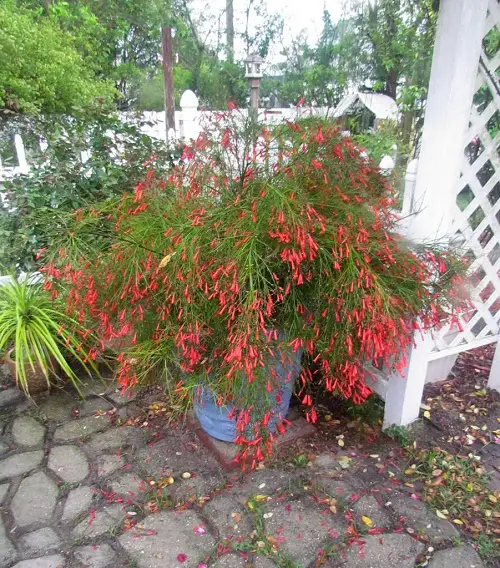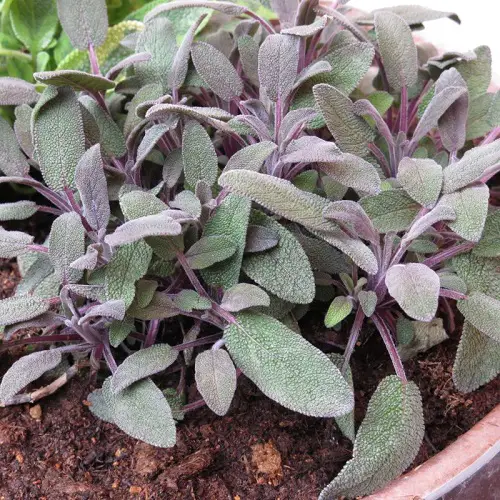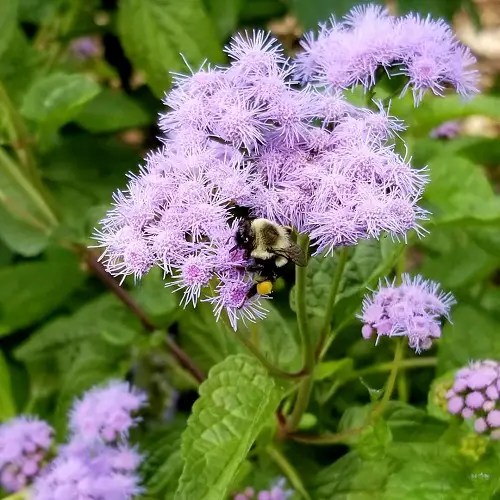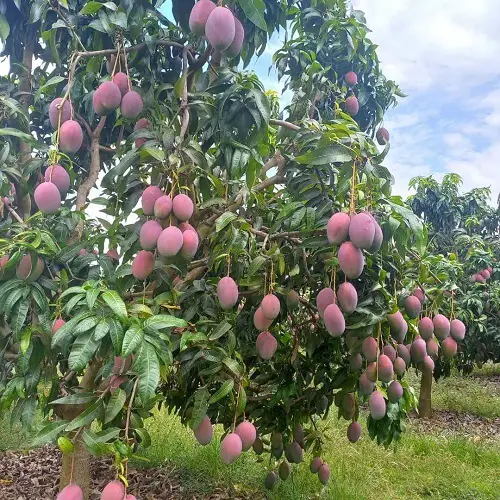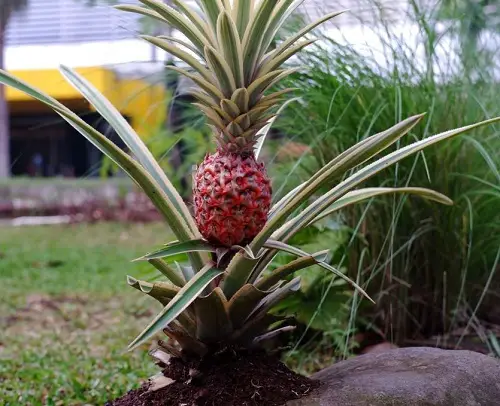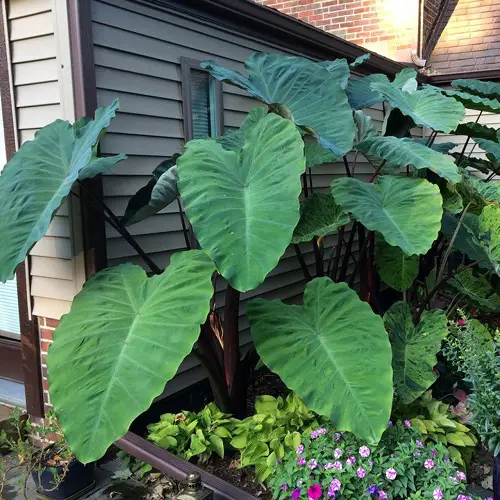Explore a variety of plants from Jamaica. Some could be a great addition to your gardens.
Beyond reggae and breathtaking beaches, Jamaica has a rich botanical heritage. The island’s tropical climate and fertile soil support a number of diverse plant species. From exotic flowers to beautiful foliage specimens, here are the Best Plants from Jamaica!
Best Plants from Jamaica
1. Night-Blooming Cestrum

Botanical Name: Cestrum nocturnum
A fast-growing woody shrub, Night Blooming Jasmine gets its name from the tubular greenish-white or yellow flowers that emit a fragrant scent. Despite its aggressive-invasive traits, Night Blooming Jasmine does well as a houseplant and is the first on our list.
2. Frangipani

Botanical Name: Plumeria rubra
Frangipani branches are covered with lance-shaped leaves and fragrant flowers. It has stout, succulent-like stems and has been cultivated as a garden tree in many tropical and sub-tropical regions of the world, including Jamaica.
3. Candle Bush
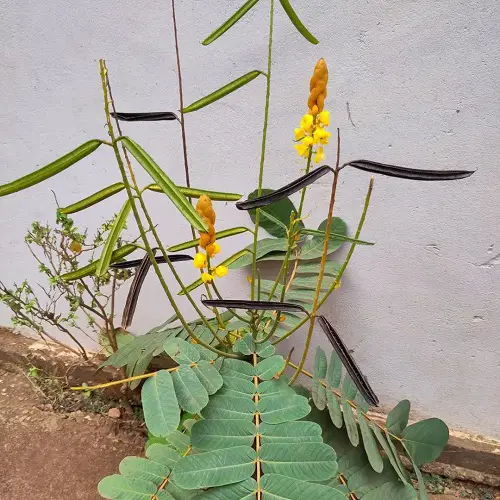
Botanical Name: Senna alata
Candle Bushes have many names: Christmas Candle, Ringworm Bush, Empress Candle Plant, Seven Golden Candlesticks, Ringworm Cassia, Candlestick Senna, and Candlestick Cassia. They are hardy, free-flowering perennial shrubs. Their bright yellow flowers are highly attractive to bees.
4. Turk’s Cap
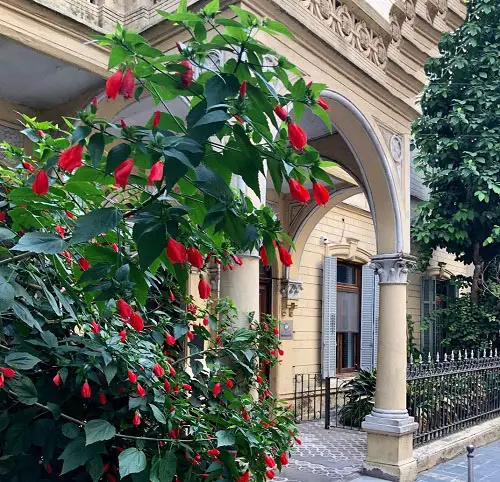
Botanical Name: Malvaviscus penduliflorus
Turk’s caps are spreading shrubs with bright red, hibiscus-like flowers. They grow as high as 2-3 ft, sometimes reaching 10 ft. The flower is said to resemble a Turkish turban, hence the name.
5. Firecracker Plant
Botanical Name: Russelia equisetiformis
Firecracker Plant is an ornamental plant that blooms year-round. Its bright red, narrow, tubular flowers grow about 2.5cm in length. A weeping shrub, this plant has long, showy cascades. Resembling small firecrackers, the Firecracker plant has sprays of red flowers.
6. Wild Jasmine
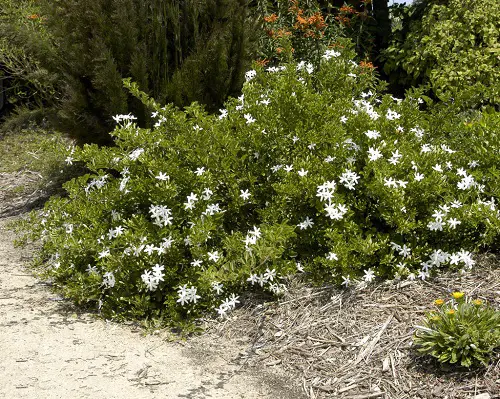
Botanical Name: Jasminum angustifoliumaricate
A small climbing shrub, the Wild Jasmine has white, star-like flowers. It has a sweet scent and is considered a must-have in every garden.
7. Spanish Needle

Botanical Name: Bidens pilosa
Classified as an invasive species in some regions of the world, the Spanish needle is a well-known medicinal herb in Africa. It has 5 to 8 white petals surrounding many yellow disk tubular florets.
8. Yellow Ginger
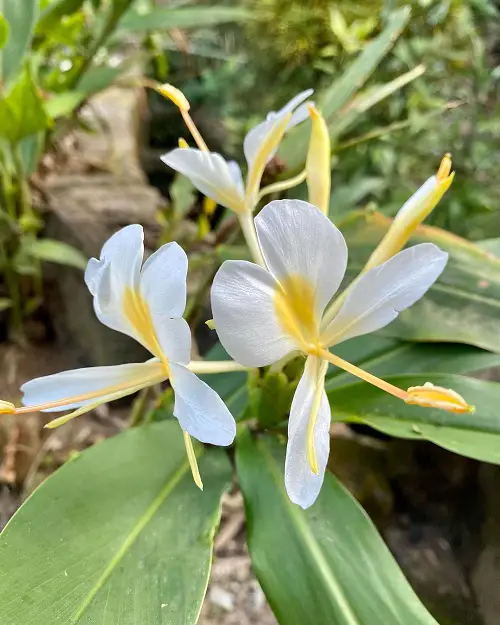
Botanical Name: Hedychium flavescens
Yellow Ginger is a perennial flowering plant that is naturalized in Africa. It gets its common name from its bright yellow flower spikes that emerge in late summer and fall. The flowers have long, narrow petals and red stamens. It is often grown for its ornamental flowers as well as its fragrance. The blossoms emit a sweet, citrusy scent.
9. Purple Sage
Botanical Name: Salvia officinalis
It gets its common name from the grayish-purple or lavender color of its small, velvety leaves. The leaves are highly aromatic when crushed. In late spring, purple sage produces whorls of small, two-lipped lavender or white flowers along upright stems. Besides its ornamental use, purple sage has traditional medicinal uses too.
10. Coral Plant

Botanical Name: Russelia sarmentosa
Also known as coralbush, the coral plant is a drought-tolerant ornamental shrub. It gets its common name from the fleshy, coral-red stems and branches that resemble undersea coral formations. The stems are swollen and have a distinctive ridged or winged pattern along their lengths.
11. Butterfly Weed

Botanical Name: Asclepias curassavica
Butterfly weed produces clusters of bright-orange flowers. It has a deep taproot and is drought-tolerant once established. This native perennial is a great choice for wildflower meadows, prairie restorations, and low-maintenance gardens.
12. Coffee

Botanical Name: Arabica
This evergreen shrub grows in tropical climates of native Africa. You can grow it as a houseplant; coffee also offers edible berries.
13. Sorrel
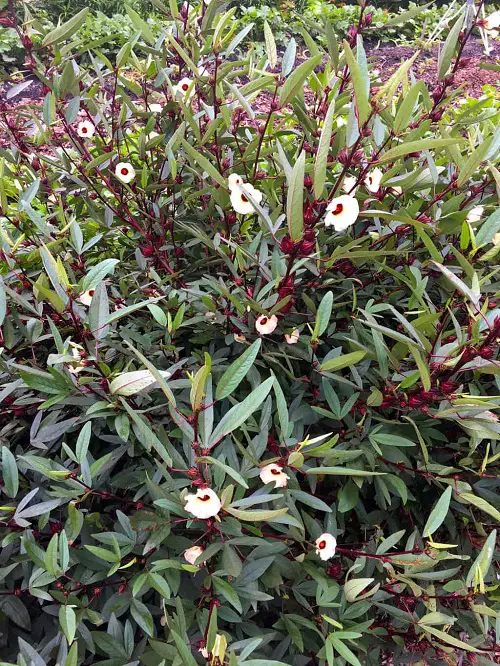
Botanical Name: Rumex acetosa
Sorrel is a perennial herb grown for its edible, tangy leaves. The leaves have a distinctive arrow-shaped appearance with elongated stems. In addition to culinary uses, sorrel was historically used for medicinal purposes.
14. Callaloo
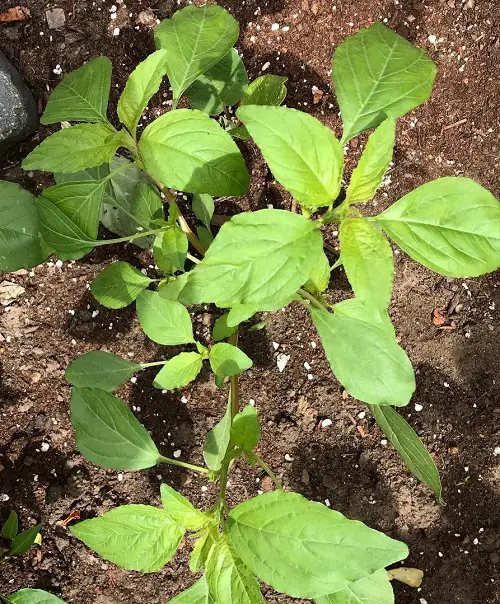
Botanical Name: Amaranthus viridis
The callaloo leaves can grow over 2 feet long and have a distinctive heart shape with arching veins. It is a perennial crop cultivated throughout Africa. Rich in flavor and nutrition, Callaloo is an ideal superfood.
15. Breadfruit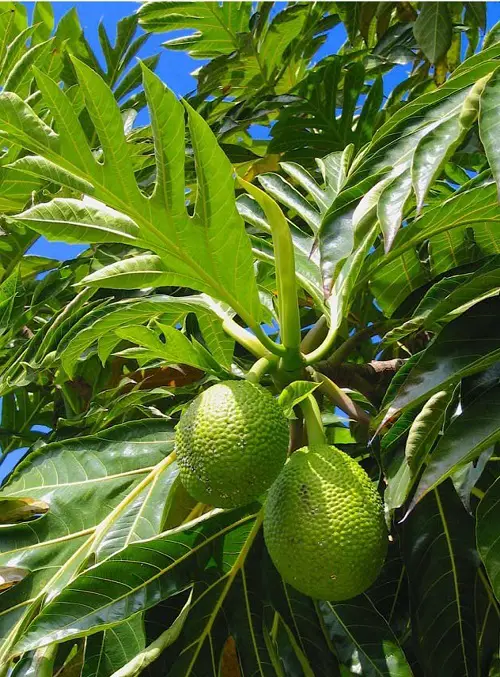
Botanical Name: Artocarpus altilis
African breadfruit is a tropical tree with a highly nutritious oval or round fruit. The pods, leaves, and roots are used in traditional medicine. Breadfruit leaves are deeply cut and can measure up to 3 feet long.
16. Soursop

Botanical Name: Annona muricata
Soursop produces large, green, prickly fruits that can weigh up to 10 pounds or more when mature. The flesh inside is soft, creamy white, and divided into segments.
17. Guava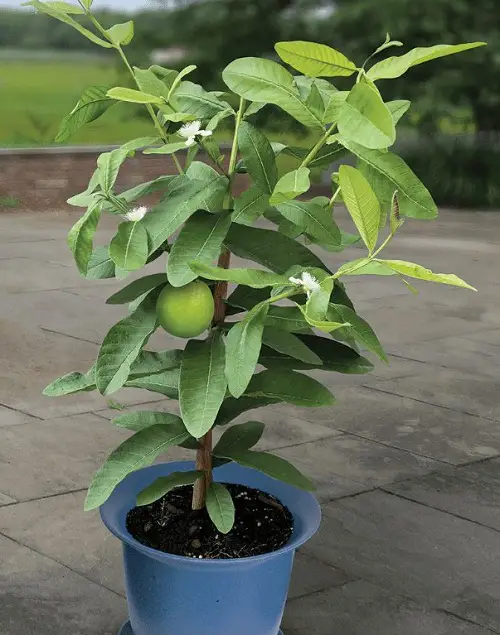
Botanical Name: Psidium guajava
Guavas are grown in subtropical regions of Africa. They are small, round, or pear-shaped fruits with light green, yellow, or reddish skin. The flesh ranges from white to pink to red.
18. Papaya
Botanical Name: Carica papaya
While not native to Africa, the papaya has become a widely adopted and nutritious tropical fruit crop across many regions. Its fruits are large, spherical, or pear-shaped.
19. Star Apple
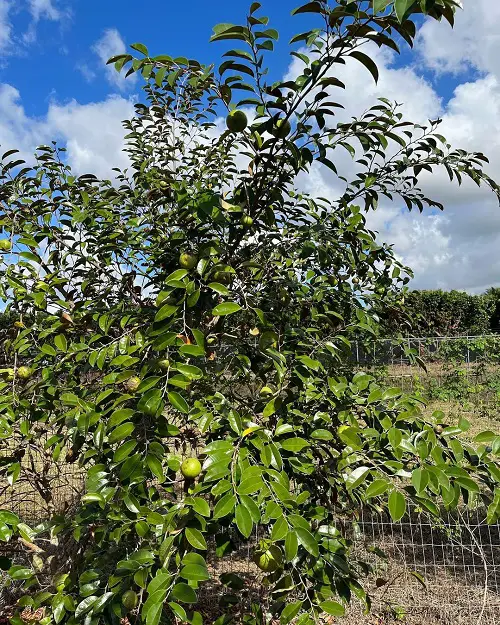
Botanical Name: Chrysophyllum caimito
The star apple is a tropical fruit tree. It gets its name from the distinct star-shaped pattern formed when sliced horizontally. Star apples are round or oblong in shape, with leathery purple, green, or yellow skin.
20. Blue Mahoe
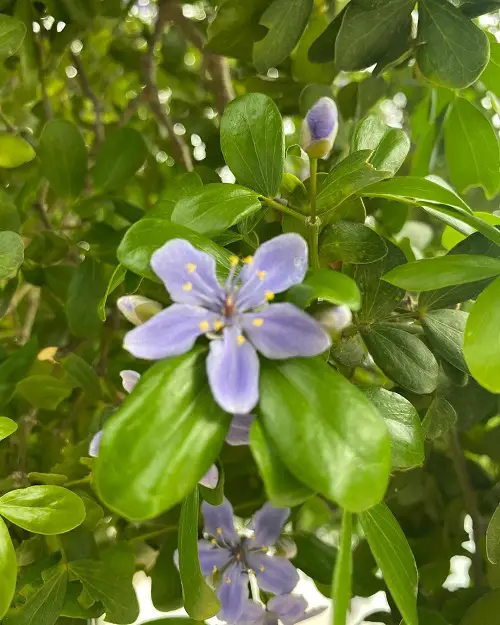
Botanical Name: Hibiscus elatus
Blue Mahoe is the national tree of Jamaica. The large, lobed leaves are green on top and velvety blue-green underneath. Yellow hibiscus-like flowers with a deep red eye bloom throughout the year.
21. Broughtonia
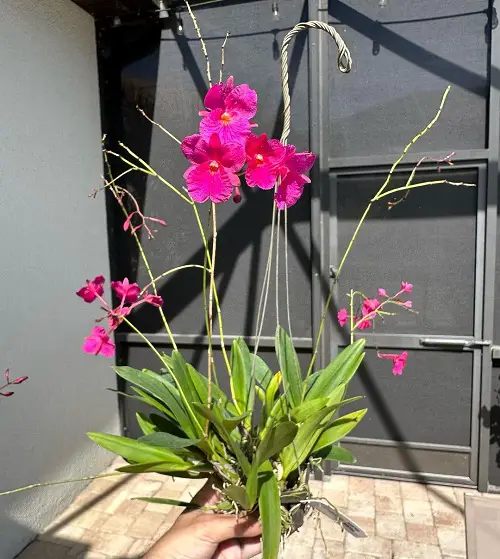
Botanical Name: Broughtonia sanguinea
Broughtonia is a genus of orchids native to the Caribbean islands. Epiphytic orchids grow on other plants, like trees, rather than in soil. Their roots cling to bark and branches. The flowers are relatively small, just 1-2 inches across, but they bloom profusely and have an intense color.
22. Lignum Vitae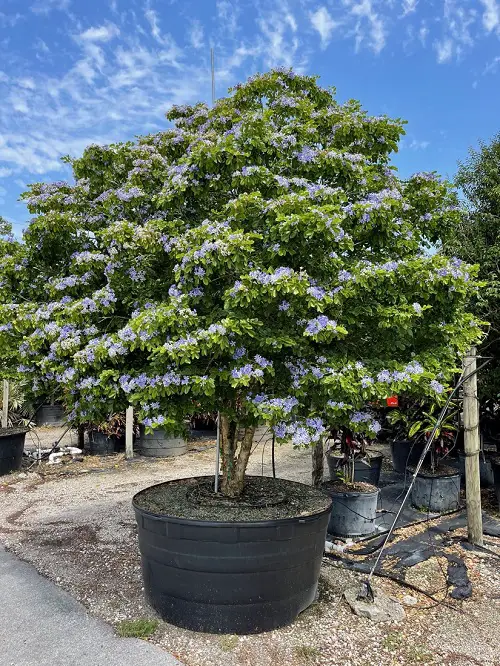
Botanical Name: Guaiacum officinale
Lignum vitae is a semi-evergreen tree species native to the Caribbean islands. Its name, lignum vitae, means “wood of life” in Latin, referring to its incredible density and durability. With a specific gravity of up to 1.3, lignum vitae is one of the heaviest and hardest woods in the world. It actually sinks in water. The small, blue flowers have five petals and bloom periodically year-round.
23. Heliconia
![]()
Botanical Name: Heliconia caribaea
Heliconia leaves are oblong, leathery and often arranged in a spiral pattern along the stem pseudostem. The flowers are small and develop inside the bracts. With their exotic, vibrantly colored inflorescences, heliconias bring bold pops of color and architectural interest when incorporated into warm, humid garden landscapes.
24. Swizzlestick Cactus
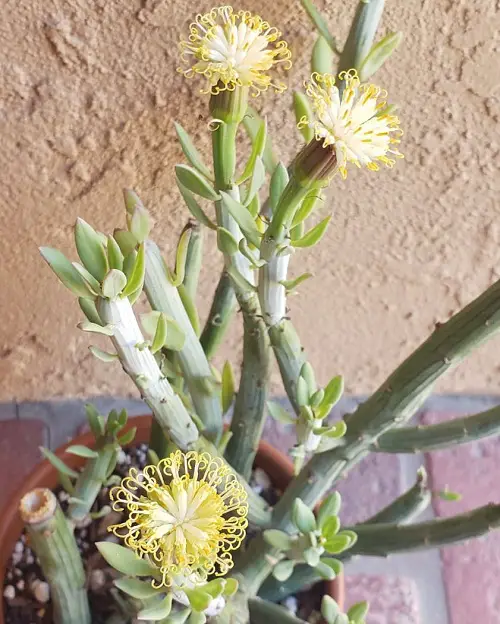
Botanical Name: Kleinia anteuphorbium
The Swizzlestick Cactus, a succulent shrub, proudly displays its distinctive, lime-green, upright stems. While called a “cactus,” this distinctive succulent gets its common name from its morphology and traditional local use in parts of its native range. It makes for an interesting and drought-tolerant addition to succulent gardens.
25. Parrot’s Beak
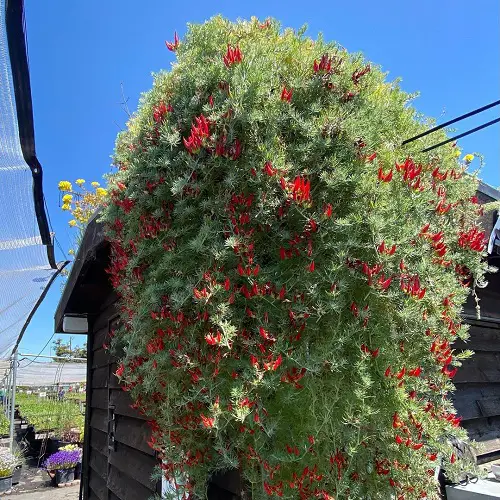
Botanical Name: Heliconia psittacorum
While the name refers to the curved, beak-like shape of their flowers, several distinct plant genera across different families are nicknamed “parrot’s beak” based on this visual resemblance. They make for interesting and unusual ornamental plants.
26. Silver Palm
Botanical Name: Coccothrinax jamaicensis
The metallic silvery or grayish hues come from a natural waxy coating or microscopic hairs covering the palm’s foliage or trunk. This coloring helps reflect intense sunlight in their native tropical environments. Many silver palms are popular landscape ornamentals grown for their distinctive grayish/silvery appearance.
27. Blue Mist Flower
Botanical Name: Conoclinium coelestinum
The feathery “blue mist” of tiny flowers earns this prairie wildflower its evocative common name and popularity in garden settings across its growing zones. Its misty blue color provides a haze of late-season color.
28. Warty Cabbage Bark
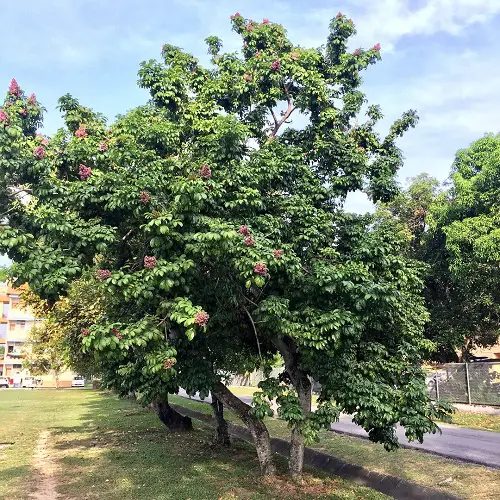
Botanical Name: Andira inermis var. verrucosa
The unusual bark texture develops as the tree ages and sheds older layers. The knobbly warts are actually created by rough bark developing around branch stubs or imperfections in the trunk.
29. Mango
Botanical Name: Mangifera indica
Mangoes are large, fleshy stone fruits that can vary in size, shape, and color when ripe (green, yellow, red, orange). The flesh is juicy and aromatic with a distinctive sweet/tart tropical flavor.
30. Avocado
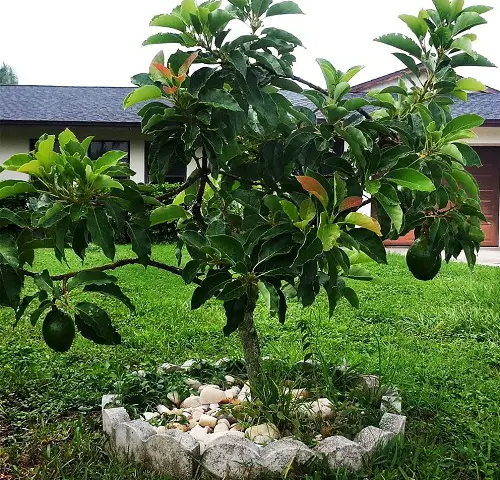
Botanical Name: Persea americana
Avocados are botanically a large berry containing a single seed/pit. Avocado fruits can vary in shape (pear, round, oval) and have a leathery bumpy skin.
31. June Plum
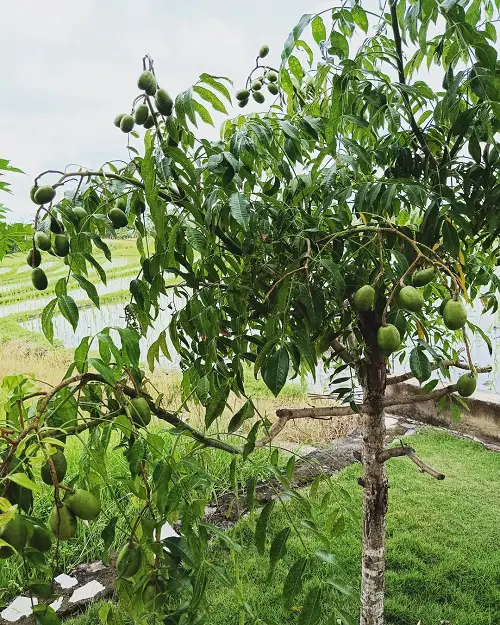
Botanical Name: Spondias dulcis
This small, golden fruit delivers a delightful tangy flavor, while its slender form and lush green leaves make it an attractive addition to any home garden.
32. Naseberry
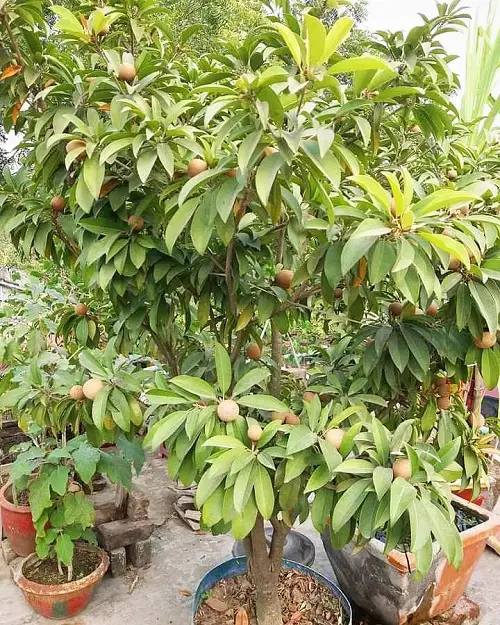
Botanical Name: Manilkara zapota
This Jamaican plant combines a coarse brown skin with sweet, creamy insides, adding delightful flavor and charming aesthetics to any table or garden setting.
33. Cactus

Botanical Name: Cereus repandus
This little cactus, with its sharp, tall columns stretching up to the sky, displays a distinct and fascinating shape that makes it ideal for indoor settings.
34. Yellow Trumpetbush
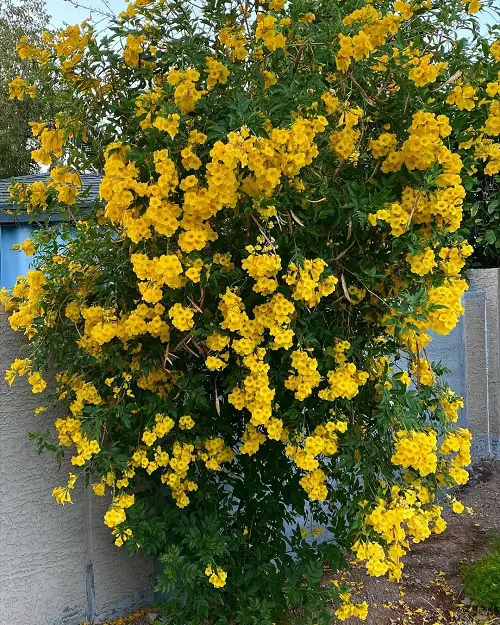
Botanical Name: Tecoma stans
The Yellow Trumpetbush stands out with its bright yellow, trumpet-shaped flowers that draw in pollinators, making it an excellent selection for injecting lively color and charm into a space.
35. Red Ginger Lily
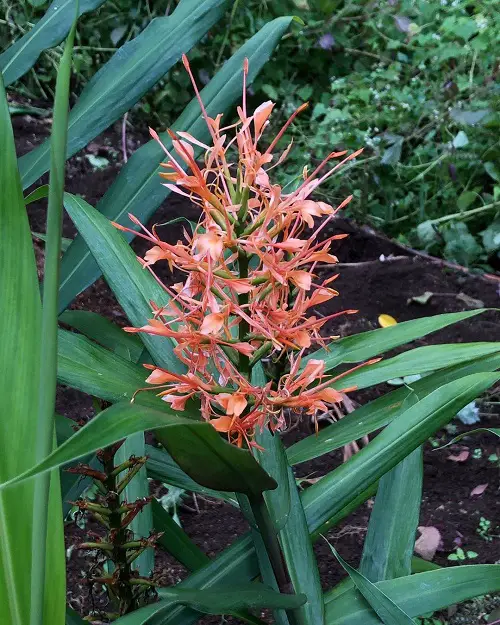
Botanical Name: Hedychium coccineum
The Red Ginger Lily, recognizable by its red blossoms and slim stalks, stands out as a top choice from Jamaica, bringing vibrant colors to any garden.
36. Wild Pine
Botanical Name: Ananas comosus
The Wild Pine, with its sharp leaves, conceals an attractive golden-red fruit. This Jamaican plant is simple to cultivate and maintain.
37. Purple Heart
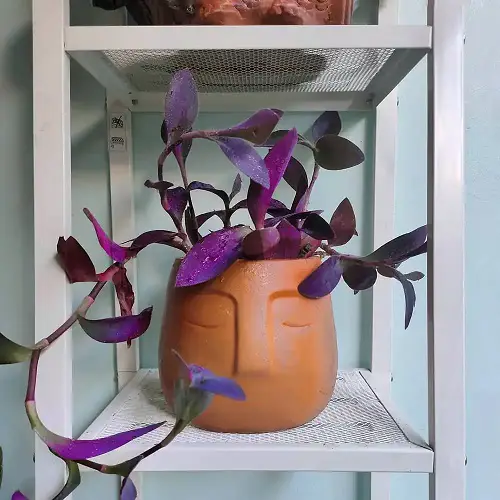
Botanical Name: Setcreasea pallida
The Purple Heart plant, a spreading ornamental plant with flowing violet leaves that resemble velvet, forms an impressive addition to home gardens.
38. Torch Ginger
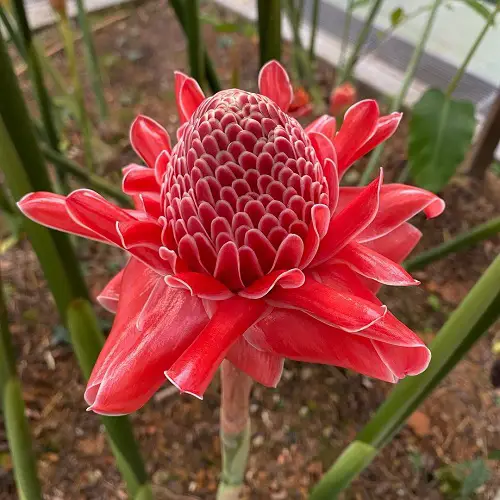
Botanical Name: Etlingera elatior
With its exotic appearance and ease of growth, torch ginger adds a bold tropical flair to gardens in suitable climates. Its fiery red “torches” are its most striking feature.
39. Spider Lily
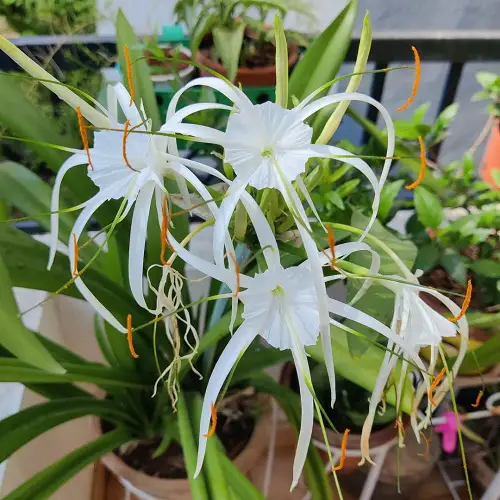
Botanical Name: Hymenocallis littoralis
With their exotic, arachnid-like blooms suddenly appearing as if by magic, spider lilies make for interesting late season bulb flowers in temperate gardens. Their quirky habits add to their unusual appeal.
40. Wild Coffee

Botanical Name: Psychotria nervosa
While not nearly as well-known as its caffeinated coffee cousins, Psychotria nervosa’s showy veiny leaves and bright berries make it an interesting representative of the diverse Rubiaceae plant family in the tropical rainforest understory.
41. Elephant Ear
Botanical Name: Colocasia esculenta
Beyond their enormous, elephant-ear-like foliage, these plants differ in many ways – the taro is grown for food, while philodendrons are more ornamental. But both make very dramatic focal points in appropriate growing conditions with their immense tropical leaves.
42. Red Poinsettia

Botanical Name: Euphorbia pulcherrima
While not a traditional flowering plant, the brilliantly scarlet-colored bracts of the poinsettia make it an iconic annual decoration symbolizing the Christmas holiday season across much of the world.
43. Black-Eyed Susan
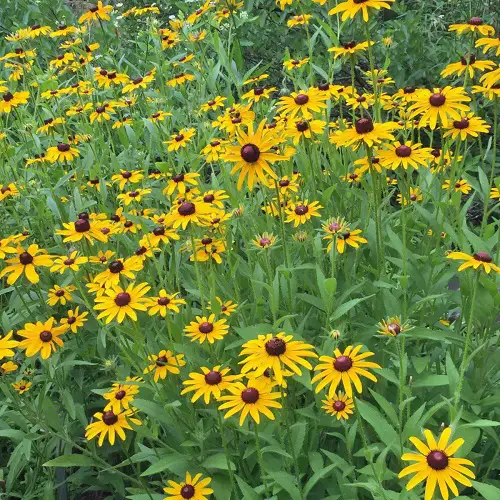
Botanical Name: Rudbeckia hirta
With their sunny, bright yellow petals and contrasting dark centers, black-eyed Susans are quintessential wildflowers symbolic of prairies and open fields across Jamaica.
44. Scarlet Morning Glory

Botanical Name: Ipomoea coccinea
With their bright red hue and abundance of blooms, scarlet morning glory vines add a vibrant tropical touch to gardens during the summer months in warm climates. Their fast growth and showy flowers have made them popular ornamental annuals.

